Many Catholic countries celebrate the Assumption of Mary on August 15th, including Italy. This date is also a traditional day off in Italy, called “Ferragosto”. Don’t be surprised if everything seems to be shut down for this day, indeed even some shops and restaurants may be closed (although it is in the middle of the Italian peak season).
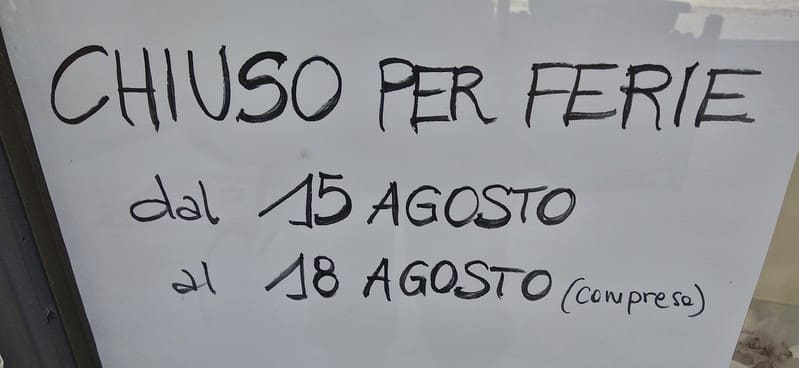
The word “Ferragosto” comes from the Latin “Feriae Augusti”, a holiday that Augustus introduced in 18 BC. This day usually coincided with the end of the farming activities. Originally the festival was on August 1st, but the Catholic Church quickly moved it to August 15th, i.e. the Assumption of Mary.
Ferragosto always meant bbq and relax for me. It used to be the time to enjoy an outdoor day, with family and/or friends.
Even if it wasn’t on Ferragosto, however, we couldn’t miss our usual visit to Loreto. Indeed Loreto is not very far from Cupramontana, where I lived, and to me it became quite a tradition to visit “la madonnina nera”, the black Mary.
Loreto is indeed a very famous Marian pilgrimage site. Not only the site is surrounded by a beautiful landscape, but the the basilica is enthroned on a hill, surrounded by olive groves and a holy aura. In fact, the basilica was heavily fortified with thick walls and towers, because attacks by pirates and Turkish invaders were threatened again and again in the 15th and 16th centuries.
According to legend, on the night of December 9th to 10th, angels moved the house where Mary of Nazareth was born to le Marche, to Loreto. First the angels brought the house from Palestine to Croatia, and later to the laurel forests that surrounded Loreto at the time and gave the place its name. There are different versions of the angel legend, including the fact that one of the crusaders who transported the building by ship was called “Angeli” (in English, “angel”). Another that a wealthy merchant family named “Angeli” commissioned the transportation of the holy house.
In the 16th century, under Pope Gregory the 13th, Loreto experienced an upswing because it promised the indulgence to the faithful who made a pilgrimage to Loreto. So the forgiveness of sins, which shortened the waiting time in purgatory and got you to heaven faster would come through Loreto.
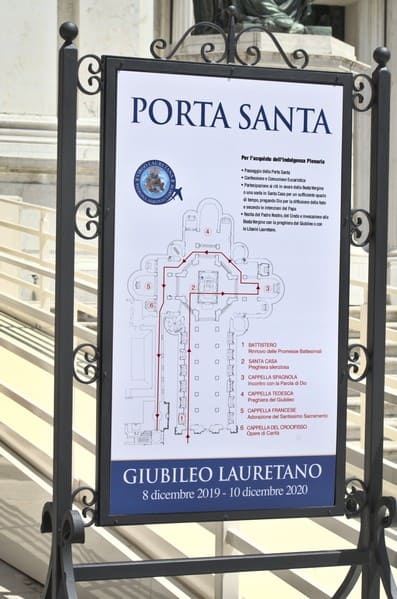
Co-blogger Isabelle described her last visit to Loreto:
If you visit Loreto on a weekday, you can easily find a free car park on Via Fratelli Brancondi. From there it is only a few meters to the Porta Romana city gate from the 16th century. On the right side there is a beautiful view and above your head you can see richly decorated frescoes.
Behind the gate is the piazza with the town hall from the 16th century, a city tower from the 17th century and a bust of Garibaldi.
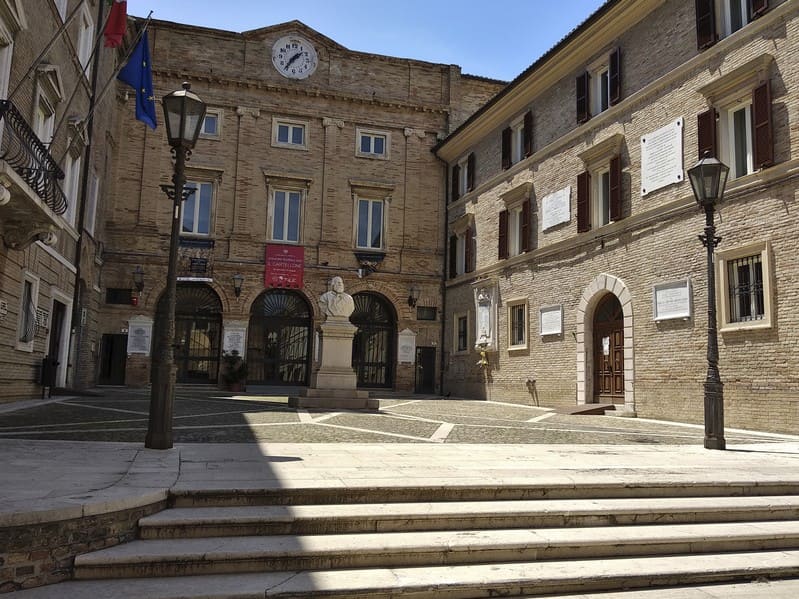
Via Corso Traiano Boccalini, where there are many shops, devotional shops, restaurants and bars, you finally come to the Piazza della Madonna.
The square with its surrounding buildings is harmoniously aligned with the basilica.
In order to protect the house of the Virgin Mary, the construction of a fortified basilica began as early as the 15th century, but it was not finished until two centuries later. Finally, the icing on the cake was the 18th century bell tower built by the famous architect Vanvitelli (the same one who built the Vanvitelli pier in Ancona).
In front of the basilica is the bronze statue of Pope Sixtus V, who gave Loreto city rights. It is a Marchigian Pope who was born in Grottamare (and who, however, was a very bad and cruel fellow, as I recently read).
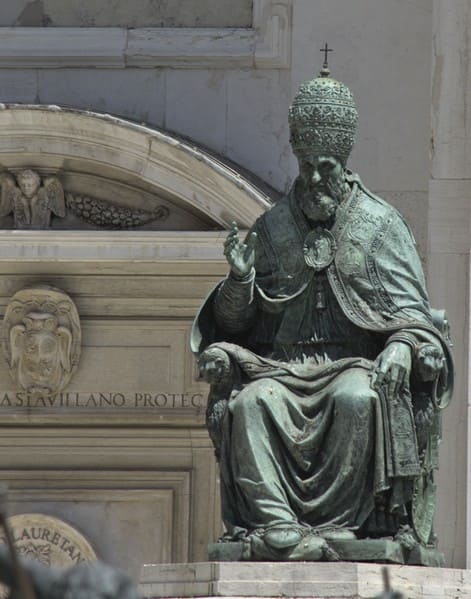
Around the arcade are confessional chapels, all of which bear the names of popes.
Many famous artists worked on the basilica, among them Baccio Pontelli (who built the defense towers) and Bramante (the Vatican builder). Andrea Sansovino, Giuliano da Sangallo and Antonio da Sangallo il Giovane took care of the facade and built the beautiful marble shrine that has surrounded the holy house since the 16th century: a masterpiece of Renaissance sculpture with excerpts about the life of Mary and the escape of the House to Loreto.
If you go inside the marble shrine you enter the inside of the Maria House. Scientists have found that the stones actually came from the Nazareth area and were made using a technique used 2000 years ago. If it is quite lively outside the shrine, there is devout silence inside and photography is forbidden in order not to disturb the praying. Inside a statue of the Black Madonna. The original was destroyed by fire in 1921, but the new Lebanese cedar statue was erected in 1922 after being previously blessed by the Pope in Rome.
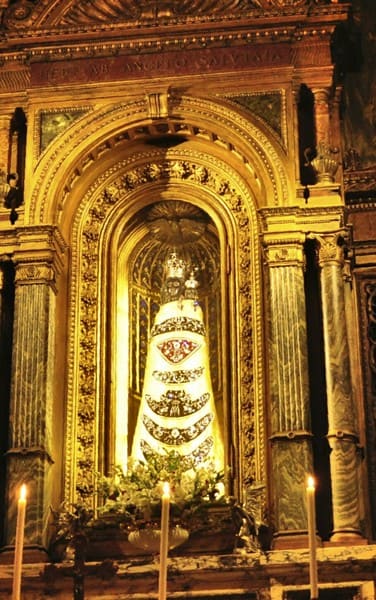
Art lovers who do not visit the basilica for religious reasons will also get their money’s worth: Above the marble shrine you can see the dome from the 15th century, which was decorated with frescoes by Cesare Maccari in the 19th century after the original frescoes over time were faded.
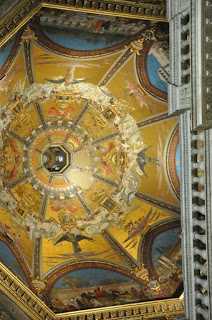
The sacristy of San Marco offers precious frescoes by Melozzo da Forlì and the sacristy of San Giovanni frescoes by the then young Luca Signorelli. There is also an impressive choir chapel by the German artist Ludovico Seitz from the 19th century.
Along the right side you will find the exit of the Porta Marina, where the towers, bastions and the fortification wall can be seen.
From the Porta Marina you can enjoy a wonderful view. The sacred staircase, which also runs along a Polish military cemetery, also ends here.
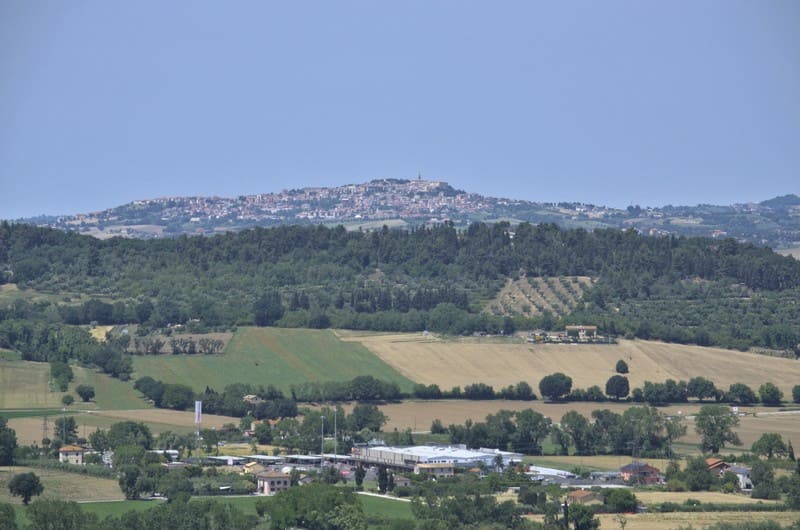
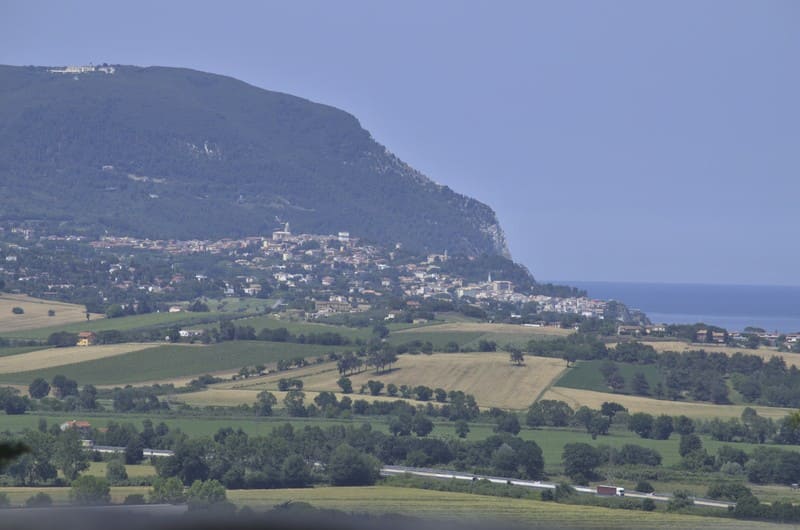
On the outside of the basilica you can see an airplane sculpture, which was erected in honor of Mary of Loreto, the patron saint of aviation.
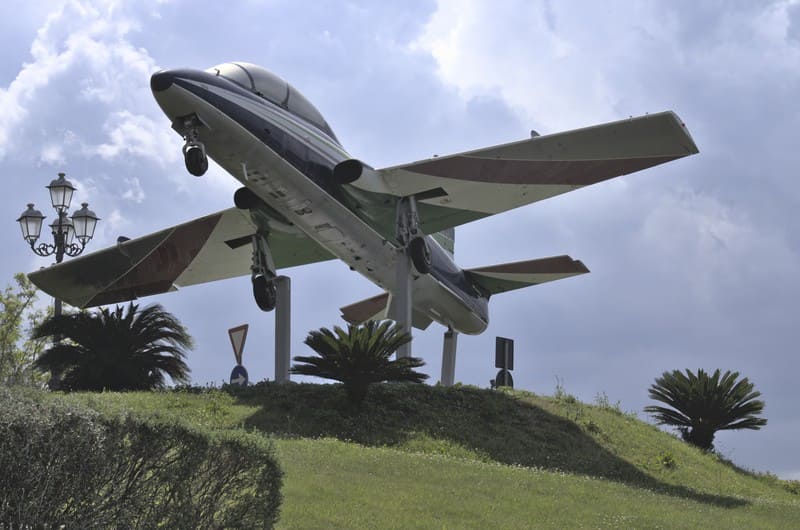
And a little further the bronze statue of Pope John Paul XXIII.
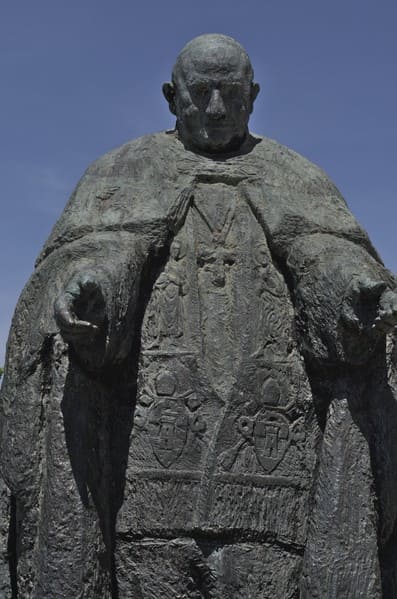
In order to supply the numerous pilgrims with sufficient water, an ingenious water pipe system was built that included an aqueduct and numerous fountains. Some of the fountains are still working, for example the “Fonte della Croce”, which has been used since the 16th century to refresh travelers, their transport of animals and even to wash pilgrims’ clothes.
Not to be missed also the paths all around the ancient walls of Loreto. You can get an insight view and beautiful spots.
On the way back, Loreto remains visible for a while, not least because of the tall copper statue of the Madonna that has crowned the dome since 1891.
Did you know: Every year, on the night of December 9th to 10th, bonfires are lit in many places in the Marche region to commemorate the journey of the Holy House of Mary’s birth to Loreto. We wrote about it in a previous article.
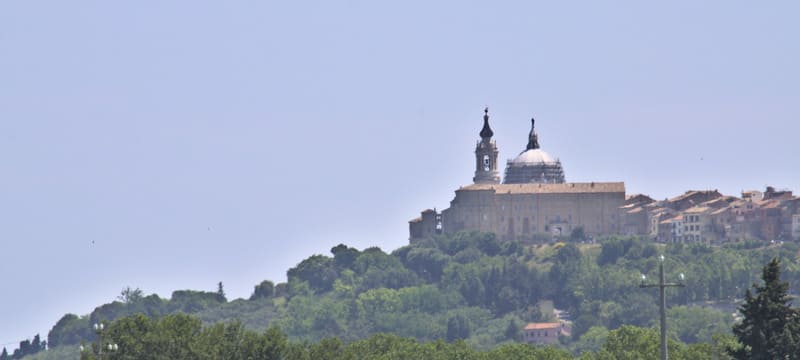
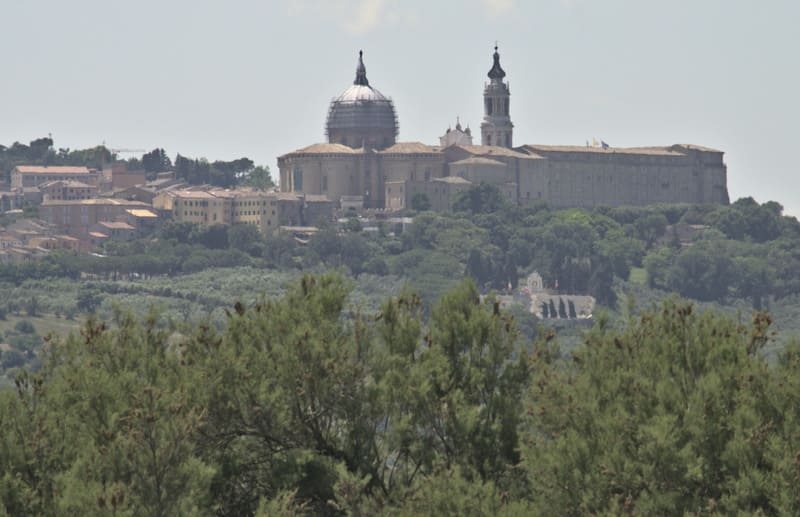
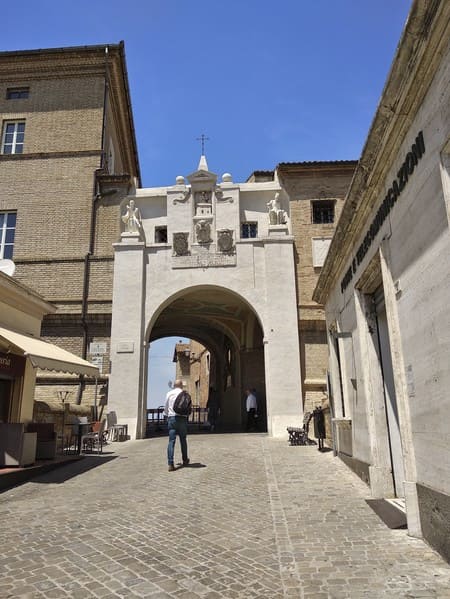
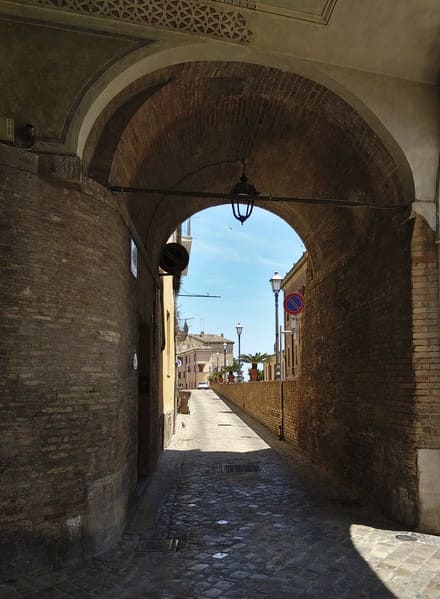
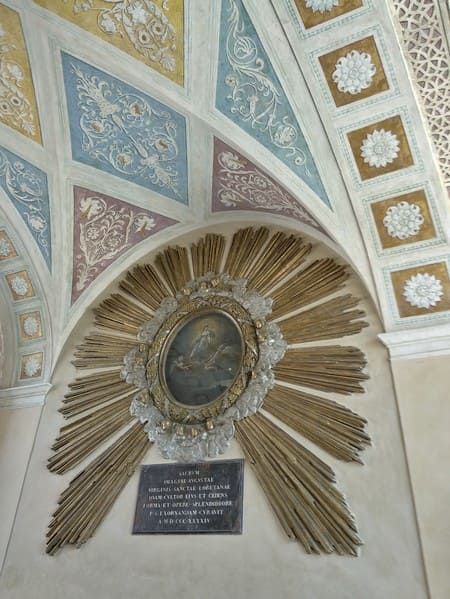

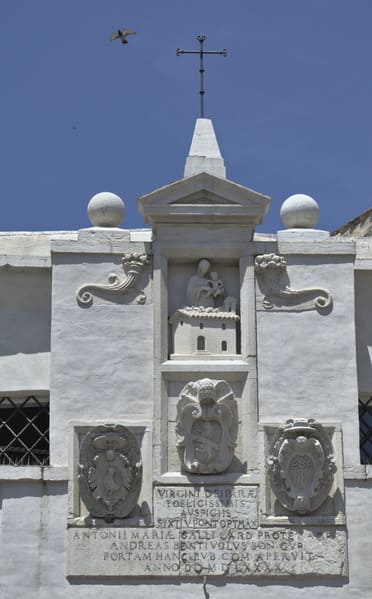
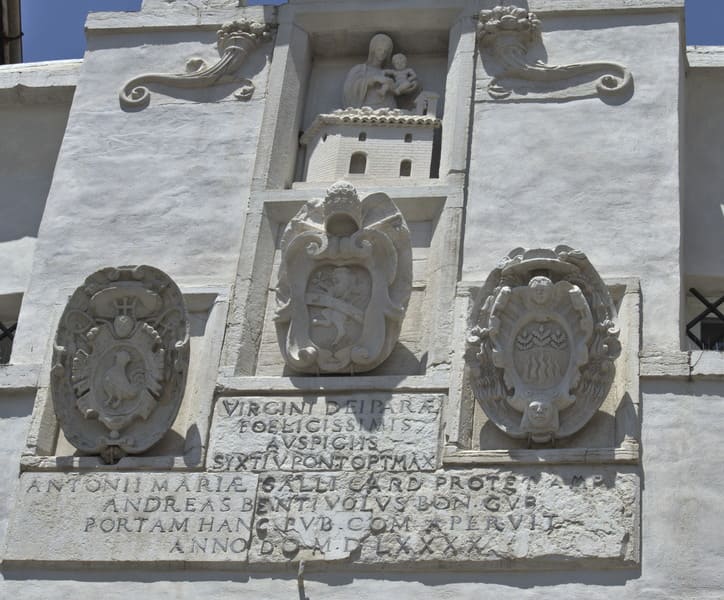
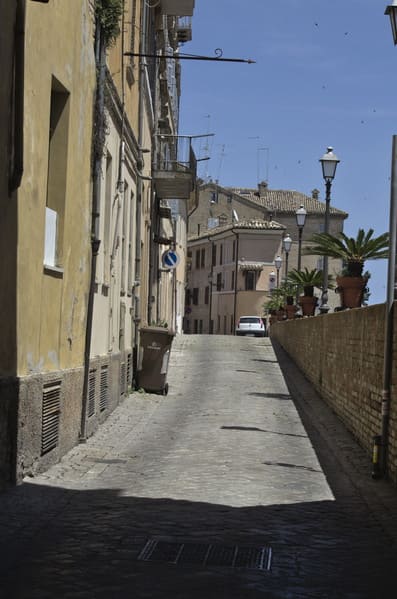
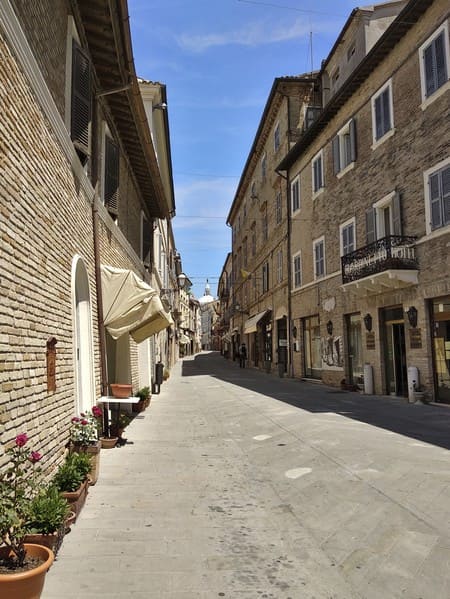
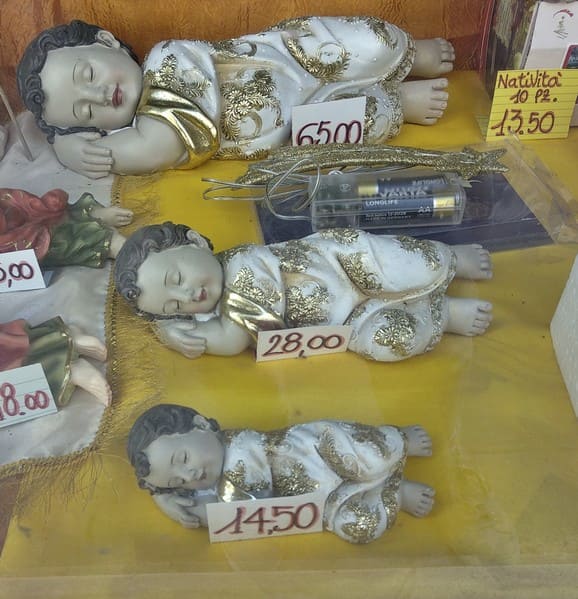
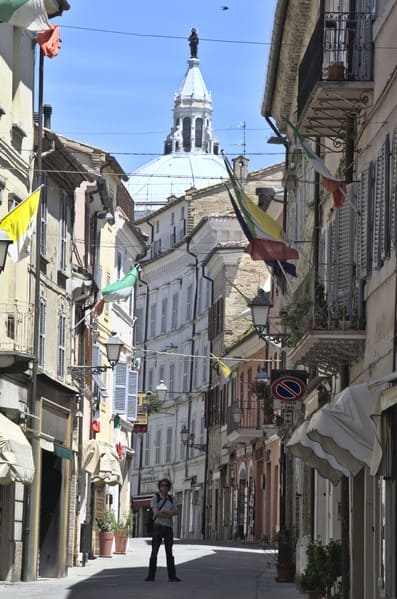

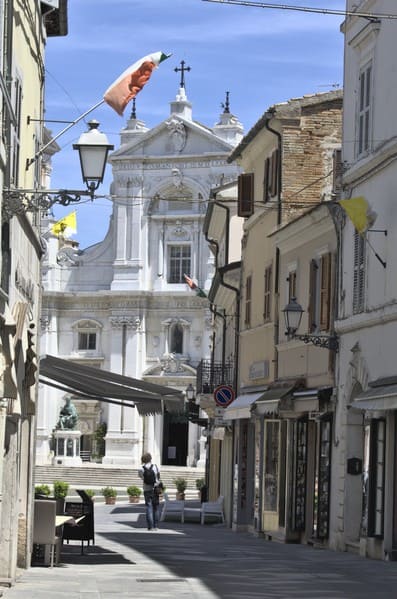

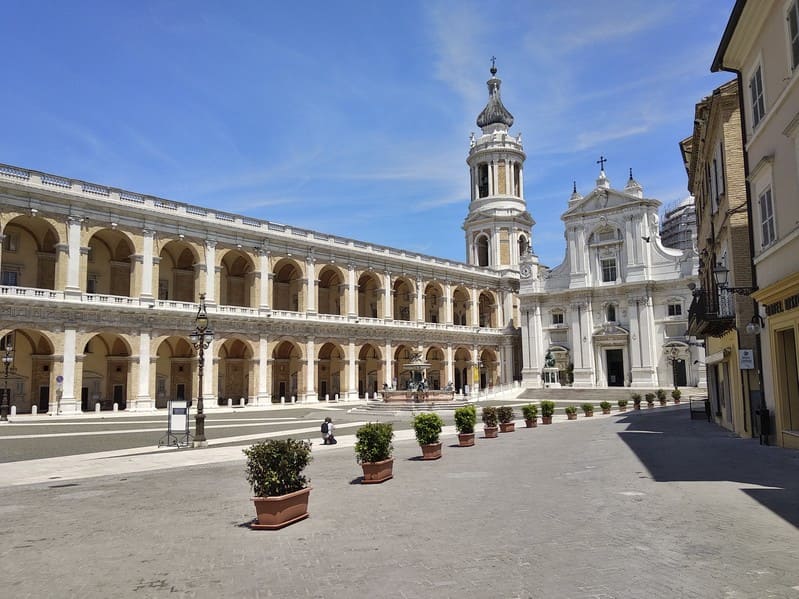

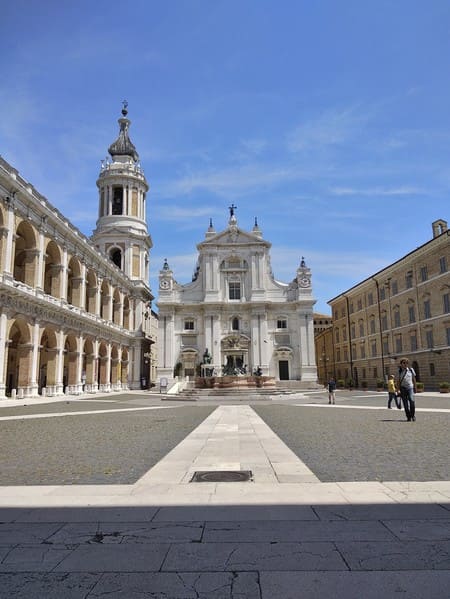
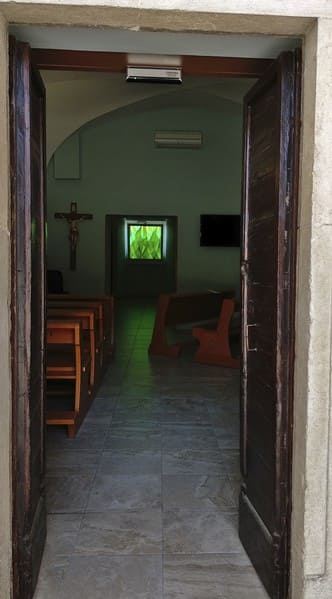
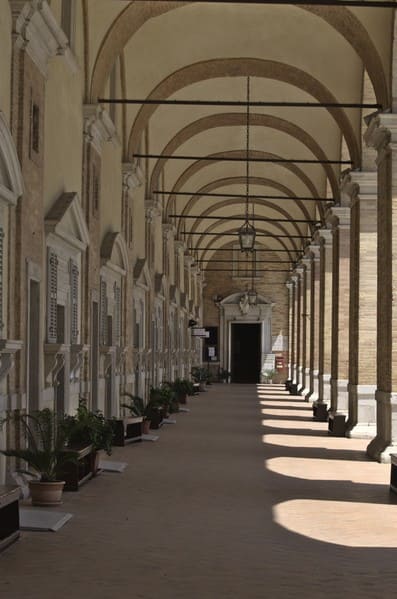
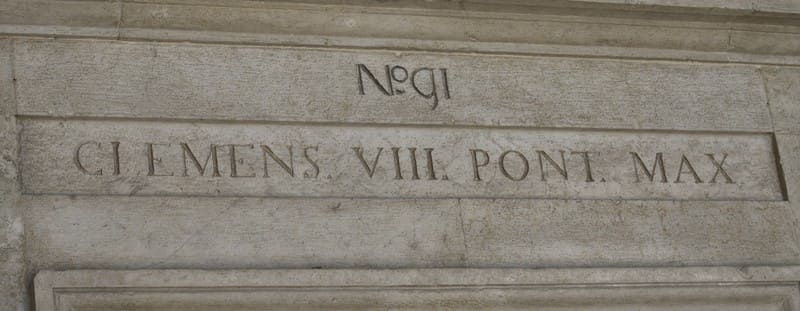
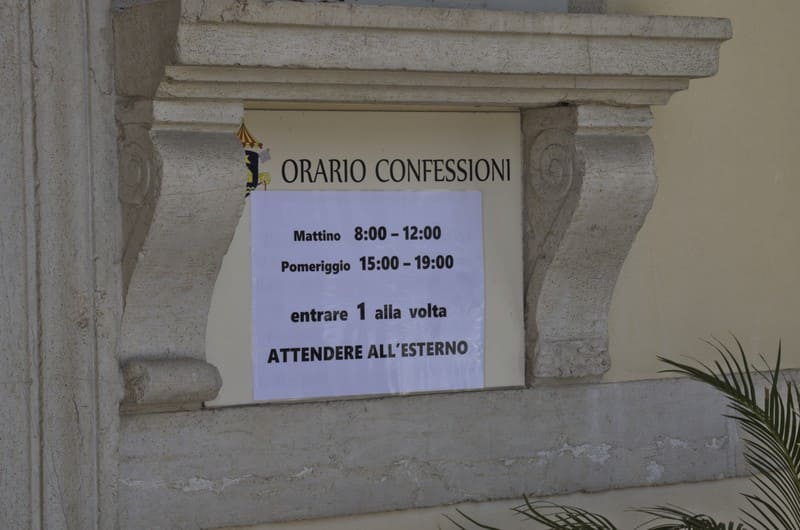




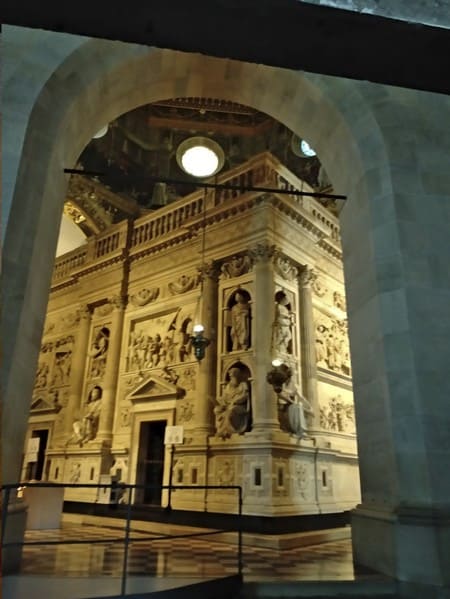
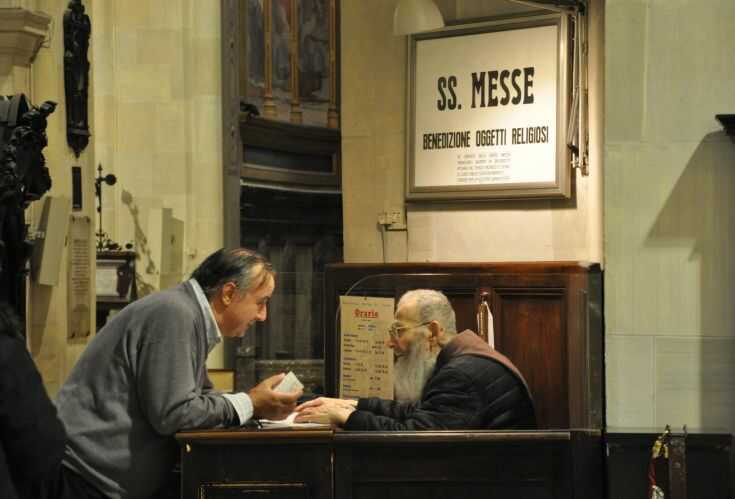
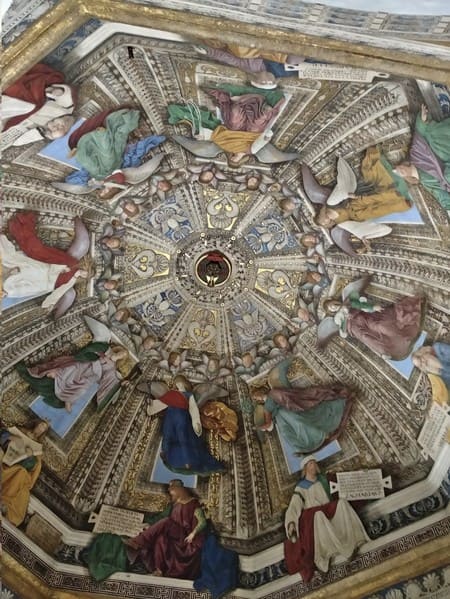
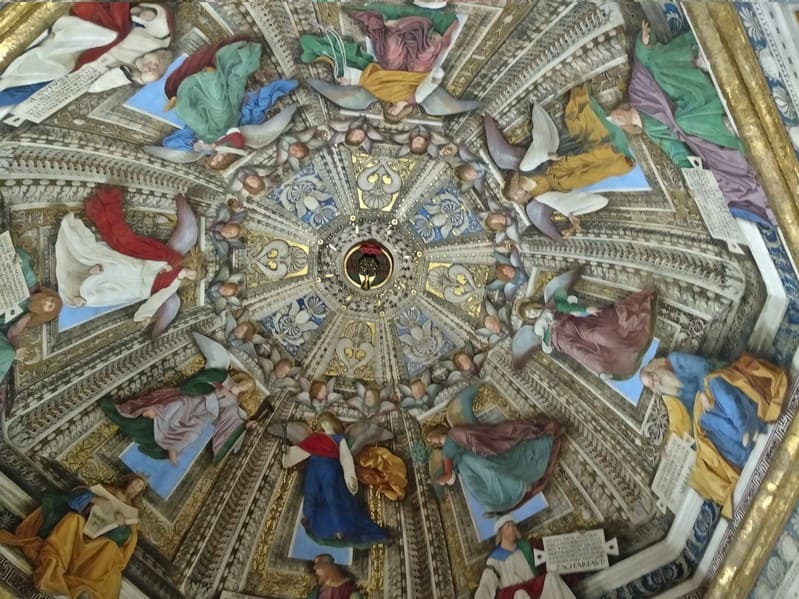
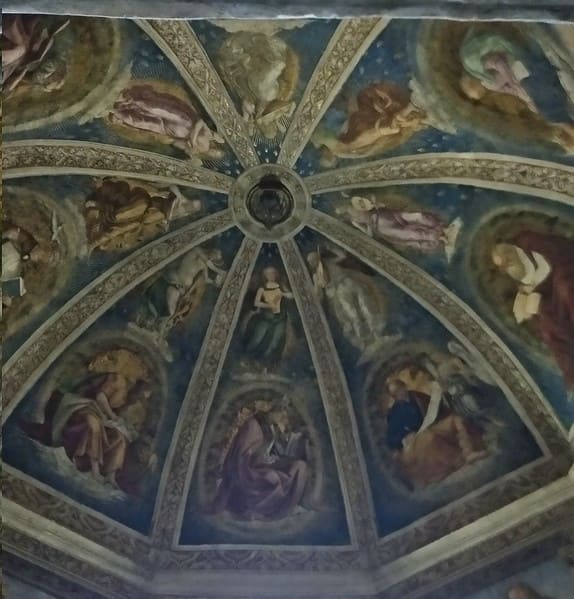

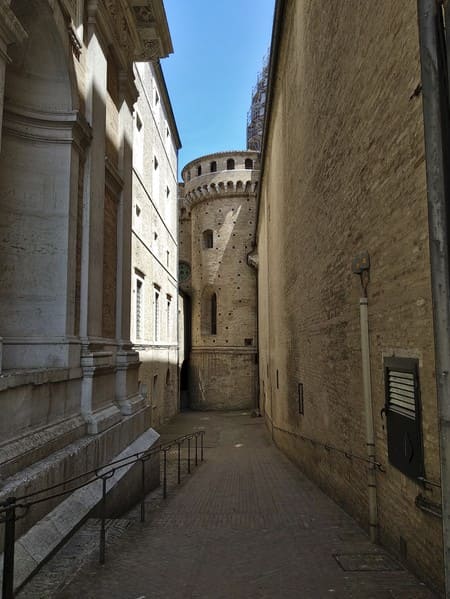
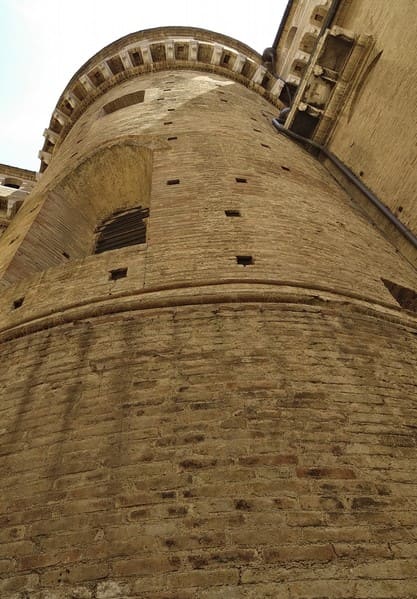
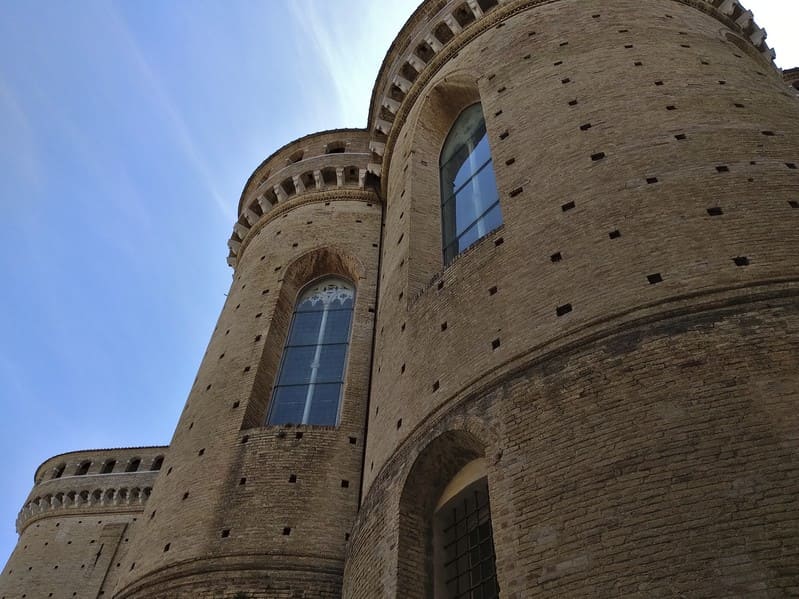
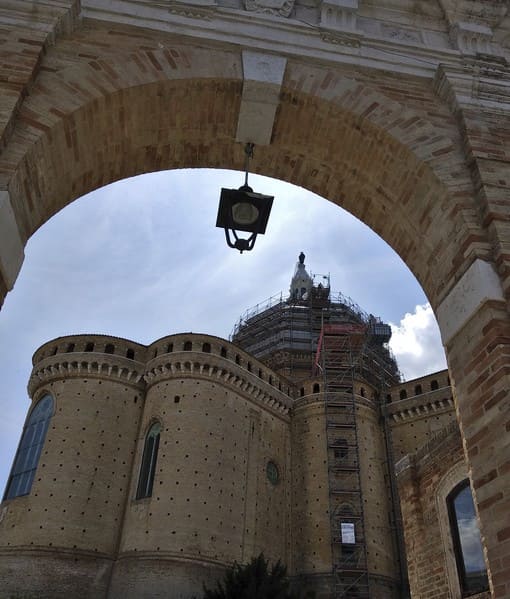
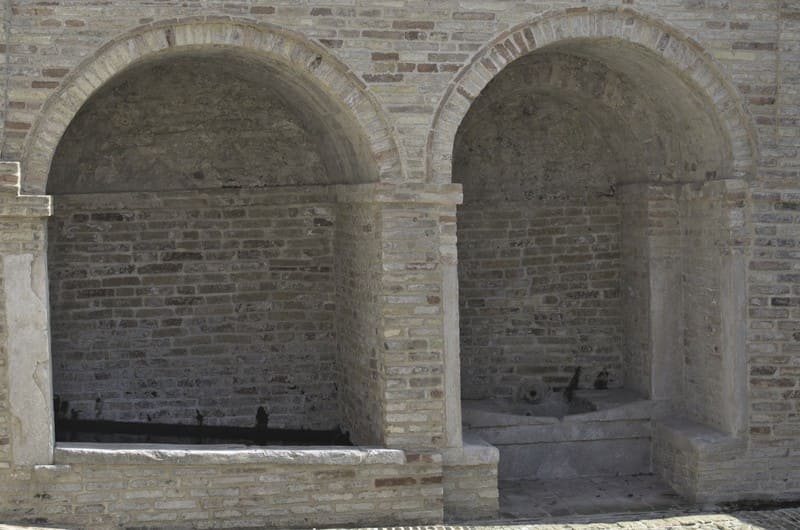

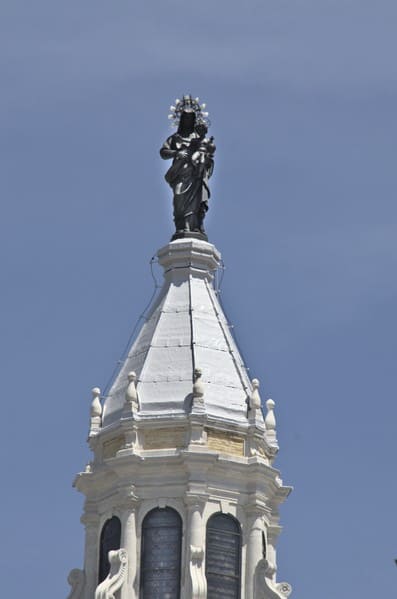
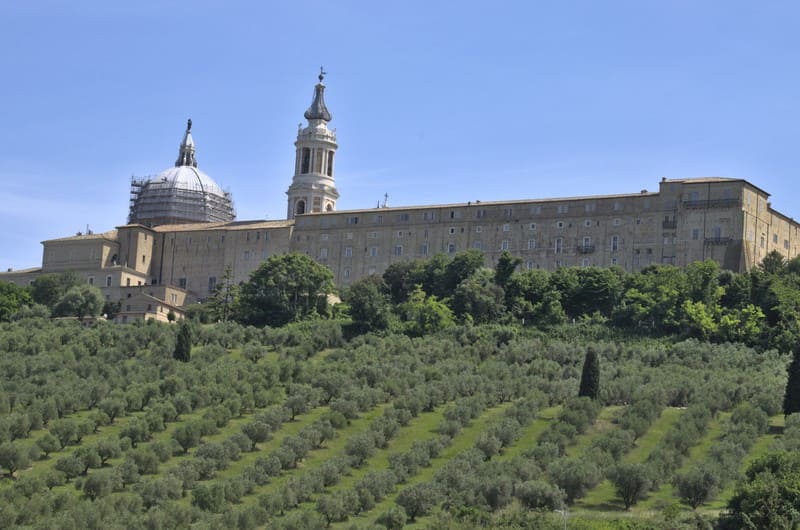

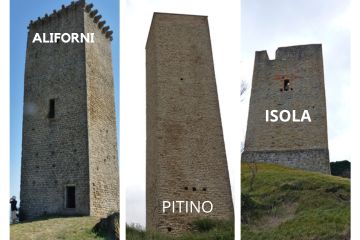

0 Comments